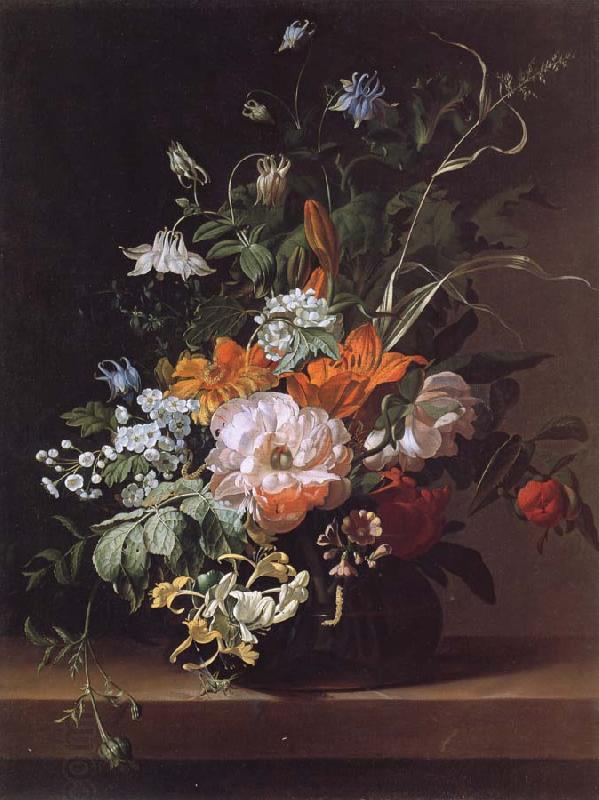So lets take a step back and look at Seaport with the Embarkation of the Queen of Sheba
by Claude in 1648. In the bible, Queen Sheba embarks on a journey to visit King Solomon in Jerusalem. But where is the Queen if her name is blatantly stated in the title? She is only semi visible, located on the right surrounded by a crowd of people. This makes one wonder, was this painting really a history painting about the queen or something else?
In the second half of the 1600s the Netherlands was developing a free art market, meaning paintings did not have to be commissioned by a patron before they were painted. This new free market included still life and landscape paintings. Landscape paintings were not popular in most of Europe however because of the idea that paintings needed to serve the ideals of the rich. The upper class was the demographic that was purchasing art and landscape paintings did not show off their lavish life style. Historic paintings however, did show off an upper class lifestyle. They portrayed the buyer was well educated, especially when it came to biblical references, such as this.
When taking a closer look at Seaport with the Embarkation of the Queen of Sheba one realizes this is a fake historical painting. The focus is not on the queen but on the sunrise over the sea. The boats and angel of buildings lead the eye straight past the queen and to the sun. The idea of a fake history painting was possibly Claude's clever idea to please both himself, and his buyer. How do we know this worked for him? Claude was very popular and his paintings were even forged in his lifetime.
Now that we know a free market was developing in the Netherlands lets take a look at some of the art that was being produced starting with Flowers in a Vase by Rachel Ruysch in 1685.
One may think that symbolism has disappeared from still life oil paintings considering the National Gallery's description of Rachel's piece only states "Caterpillars and other insects are depicted on the flowers, vase and ledge."
If one were to glance over this painting, then yes, it is just ""Caterpillars and other insects are depicted on the flowers, vase and ledge." But when one studies this work of art, there become many new ways of seeing it. First of all, all of these flowers would not be alive at the same time, or in the same place, showing anyone who had this exotic bouquet was very wealthy. Even with out historical figures, Rachel found a way to please her buyers. That is not the only symbolism the flowers carry. As you may have noticed not all of the flowers are in perfect bloom. Why is that? Life and death are very important themes during this time period. These flowers show the circle of life as well as the insects. Caterpillars go through transformations, we see the caterpillar on the vase and then to the right a butterfly. Humans are not permanent and Rachel makes sure that is known though out many of her still life paintings.
All outside information was gathered from Gardner's Art Through the Ages By Helen Gardner and my Art History 259 class notes in addition to the National Gallery website and plaques


No comments:
Post a Comment